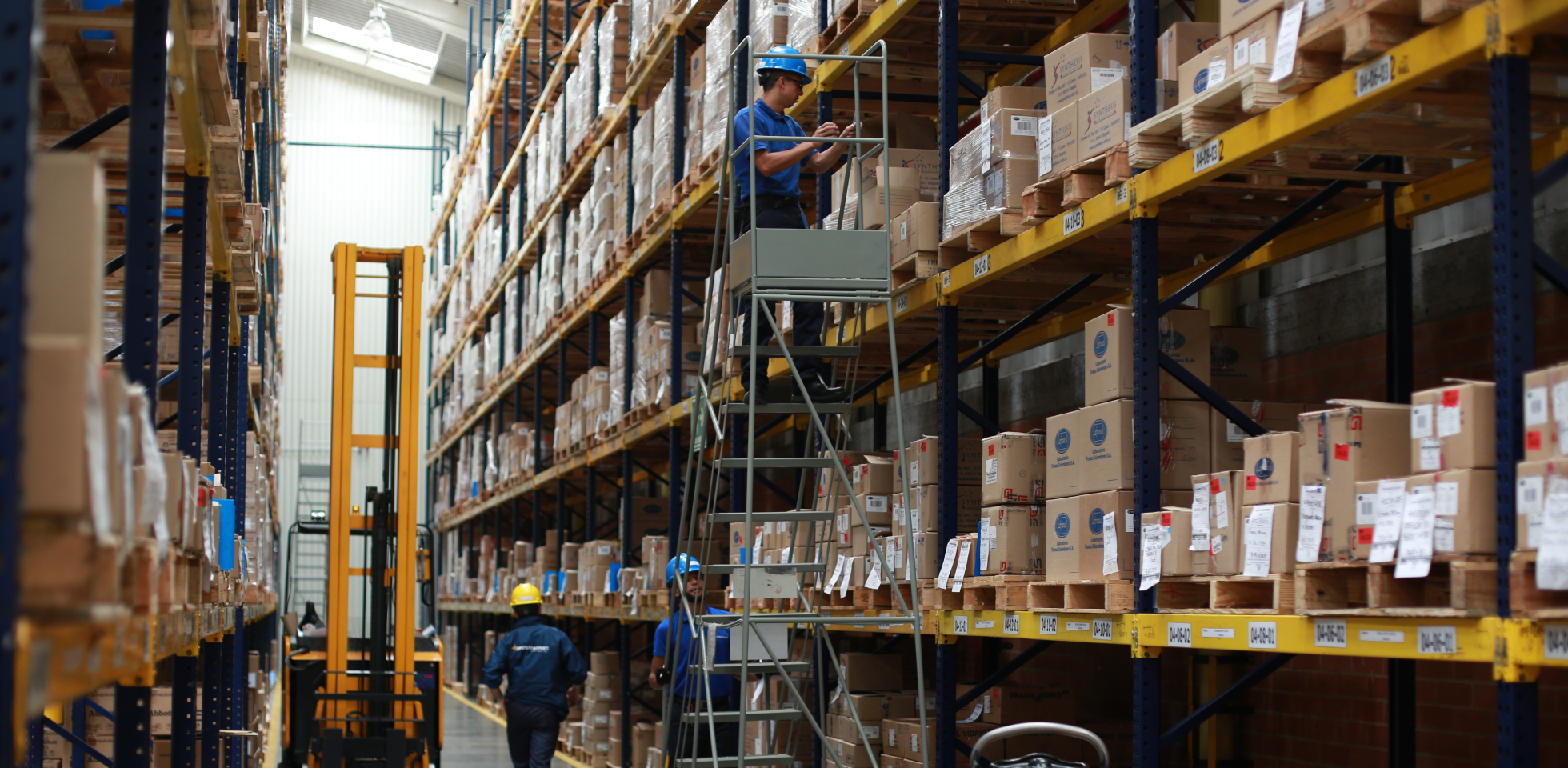The new focus on clients has forced companies to organize their logistics systems and processes.
Each client demands a different level of service regarding delivery times, sales channels, information requirements, and status. This has made supply chains more complex and difficult to manage, especially those whose processes are difficult to synchronize, optimize, and digitize.
Software developing companies continuously look to come up with platforms that organize, standardize, and digitize supply chains using legacy solutions and working independently. This results in a greater cost of ownership, maintenance that is difficult to carry out, and low synchronicity in the planning and execution stages. Although working in silos helps plan all the functional areas of the supply chain simultaneously, the truth is that we do not get the optimal flows and we end up being less efficient and facing greater uncertainty.
The solution to these challenges consists of optimizing the supply chain by integrating Enterprise Resource Planning Systems (ERPs), Warehouse Management Systems (WMS), and Transport Management Systems (TMS), which will result in:
- Agility: greater flexibility for adapting to the extremely changing needs of clients.
- Speed: faster execution of processes in offices and warehouses.
- Efficiency: better use of resources (money, raw materials, technology, staff)
Flexibility is essential for the success of every supply chain. A cloud-based platform may link the different systems and give abilities like overseeing and accessibility to employees with any type of mobile device.
When we transform the supply chain comprehensively, we must pay attention to having the planning and execution modules completely integrated and digitized so we can achieve a true synchronization of the ecosystem. Software as service (SaaS) gives real control on planning and execution, which translates into a better customer experience in terms of service and operation.
To effectively manage a supply chain, we must consider the capacities, restrictions, and functions not integrated to current solutions, manual processes, and spreadsheets. We must also assess the possibility of incorporating functions in a single solution that provides end-to-end visibility and warns about risks and impact.
A properly organized ecosystem provides many benefits in terms of capacity and opportunities to optimize all the processes of the supply chain; for example:
- Demand Management: more collaborative planning since everyone involved share a common view of the data and align to it; execution of corrective measures to maintain visibility and control; correspondence among the demand and the nodes to make it easier to carry out the vertical execution; reduction of inventory and orders fluctuations since we can proactively see all departments; alert staff on any increase in the demand versus forecast.
- Flow Management: Optimization of orders deriving from planning work flows that consider the requirements set by clients, capacity, availability of materials, time, and cost; assessment of flows and impact on every node; better planning for resources according to costs and profits; and, adjustment of flows to meet the demand, customer service expectations, and network limitations.
- Space Capacity Management: Calculation of the impact from the forecast demand and the flows according to the available capacity; and consideration of other alternatives in case the operation’s restrictions are overcome or more efficient options are available.
- Load Planning: Use of the load capacity according to the forecast demand; issue alerts when the capacity is below or above the parameters; better selection of needed space and equipment for each load; and changes in the flows to maximize load capacity.
- Freight Scheduling: Schedule routes according to the forecast load needs; reduction of unnecessary trips and additional trailer movements between sites; and guarantee programs do not exceed the network’s requirements.
- Day-to Day Execution: Visibility of variations between real and forecast demand so we can adjust labor, loads, and movement of merchandise; and measure the impact of the demand according to available resources and restrictions so we can be productive during contingencies.
Migrating from a vision of silos to a comprehensive vision is complex; and even more so for companies whose legacy systems and processes have been fruitful in the past. However, these legacy processes and systems may prove inadequate, costly, and inflexible in the present. The digitization of the supply chain demands assessing the planning and execution functions in real time and combine them in a single application so they can become more efficient and have better communication, make better decisions, and respond better to the market’s demands. Once the supply chain has been synchronized and digitized it can optimize and maximize resources and capacities and at the same time lower costs and risks drastically.
Specialized logistics companies like Solistica have state-of-the-art platforms integrating all the processes, end-to-end, and bring visibility and efficiency to the whole supply chain, no matter its complexity.






